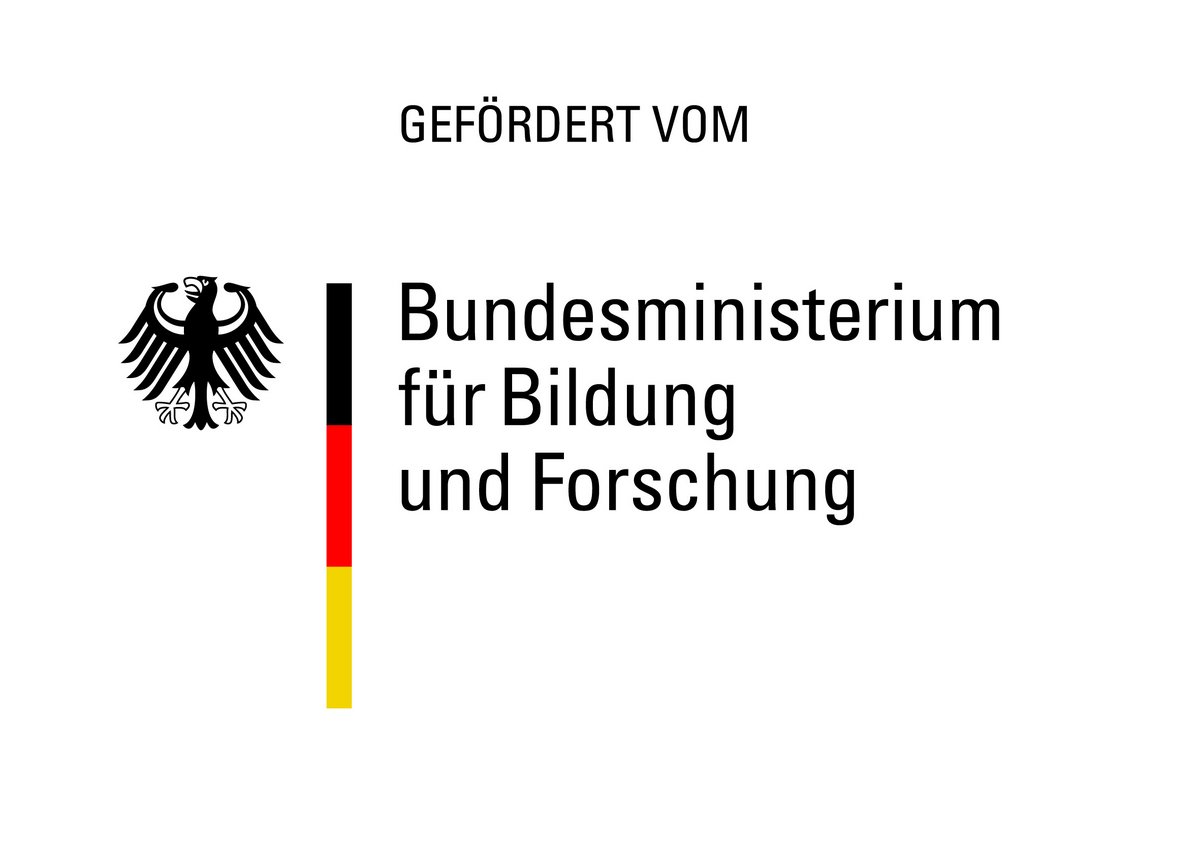StStG Kohle: Next Generation Drugs - NGD (FKZ: 03LW0346) Structural strengthening project in the former coal region of Lusatia
The "Next Generation Drugs" (NGD) research network addresses bio-based technology developments, biomedical research and sustainable bioeconomy in a unique way in order to successfully realise the structural change goals in the former coal region of Lusatia. NGD is an essential component of the "Health and Life Sciences" cluster at the BTU in Senftenberg and the Lusatia Science Park.
Based on the complementary scientific excellence of the partners BTU, Fraunhofer IZI-BB and IAP, the focus is on the transfer of application-oriented research and development results to companies and technology-oriented spin-offs as well as strengthening the attractiveness of the region for skilled workers and students.
The aim is to produce effective liver metabolites from drugs in vitro biocatalytically for the first time worldwide, to customise them cellularly, to test them pharmaceutically, to formulate them sustainably as NGDs and to apply them. As a result, undesirable metabolites and side effects that arise during the conversion of the base drug in the liver are completely avoided.
The NGD consortium focuses on a novel variety of oxidative biocatalysts, the non-specific peroxygenases (UPO), haem-thiolate proteins that behave "promiscuously" with respect to demanding oxygen transfer reactions. From a functional point of view, UPOs are monooxygenases that act outside the fungal hyphae and transfer a peroxide-borne oxygen atom (H-O-O-R) to various molecules. The product spectra with regard to the conversion of active pharmaceutical ingredients or xenobiotics are similar to those of cytochrome P450 monooxygenases, which are active as universal detoxification enzymes in the human liver.
The research project uses prominent drugs such as clopidogrel to describe which cytochrome P450 isoenzymes are biotransformed into active metabolites and how these can be produced in vitro for the first time as next generation drugs and used in long-term antithrombotic therapy, for the prevention and treatment of strokes, heart attacks and other e.g. COVID-related circulatory disorders. The NGD concept will be applied to relevant drugs such as the cytostatic drug tamoxifen, which is used to treat breast cancer, as well as other drug candidates from the research-based pharmaceutical industry.
Term 2023-2028

StStG Kohle: Elimination of micropollutants from municipal wastewater using immobilised enzymes - ELIMIK (FKZ: 03LW0377K) Structural strengthening project in the former coal region of Lusatia
The "ELIMIK" research network uniquely combines universities and companies from Lower and Upper Lusatia in order to jointly realise the goals of structural change in the former coal region. Enzyme-based technology developments, Materials Research and sustainable environmental protection strategies are to contribute in particular to the reduction of micropollutants (MSdSt) in the aquatic environment. For example, pharmaceuticals and their metabolites enter the wastewater system via municipal wastewater and through improper disposal ofpharmaceutical residues via toilets and washbasins. The main objective is to develop, test and evaluate a filter technology based on enzyme-functionalised biopolymer modules. The result should be the elimination of MSdSt from wastewater loads, which can also be transferred to other areas of application such as agricultural herbicide spray residues, disinfectants or de-icing agents. Immobilised enzymes with oxygen transfer properties are to be used in combination with other oxidative fungal enzymes in an innovative cascade system to break down these micropollutants.
Duration 2023-2026

BMBF research network "CEFOX II - Cell-free tailor-made biocatalysts for the development of new oxyfunctionalised active ingredients for biobased products II" (FKZ: 031B1346A) BMBF programme "Tailor-made bio-based ingredients for a competitive bioeconomy2"; coordination of the overall network
In CEFOX, a unique synthesis platform for the cell-free expression of customised oxyfunctionalising peroxygenases based on fungal lysates was developed, patented and tested for the production of epoxidised lipids, oxyfunctionalised terpenoids and alkaloids. The main objective of CEFOX-II is to transfer these results into enzyme-based processes for the provision of bioactive lipid molecules and customised building blocks for industry. Central tasks are i) the validated extraction (JenaBios GmbH) of arachidonic acid (ARA), eicosapentaenoic acid (EPA), docosahexaenoic acid (DHA) from biobased, non-animal resources such as algae, fungi and lichensas starting materials in ii) environmentally friendly enzymatic one-pot processes based on cell-free expressed UPOs, which sustainably replace conventional multi-stage synthesis processes for oxyfunctionalisation.iii) As a result, completely new active ingredient molecules are produced, which are tested, optimised and scaled up for their pharmacological effect and industrial application by the business partners (Chiracon GmbH, Dynamic42 GmbH) in particular. Customised UPOs will be used to provide lipids with high added value such as 14,15-EET (anti-inflammatory), 19-HETE (anti-hypertensive), 17,18-EEQ (anti-arrhythmic) and RvE3 (pre-eclampsia biomarker) as bio-based drug candidates, in early diagnostics and as analytical reference standards and basic molecules. The CEFOX II consortium's high level of interdisciplinary expertise enables the implementation of bio-based molecules in value chains and process steps in the pharmaceutical, chemical and food industries. The planned active ingredient products and bioprocesses of cell-free UPO catalysis offer real competitive advantages over existing technologies based on fossil raw materials and serve as an excellent example and entry portal for the transition to a sustainable bioeconomy.
Duration 2023-2026

